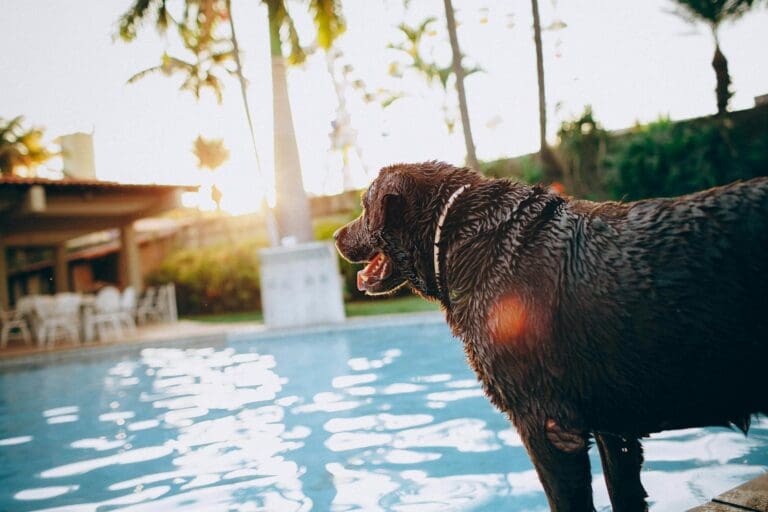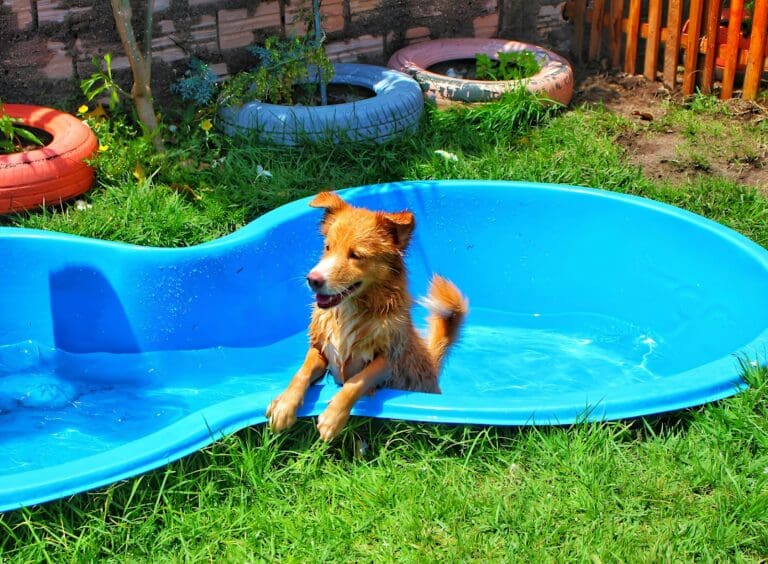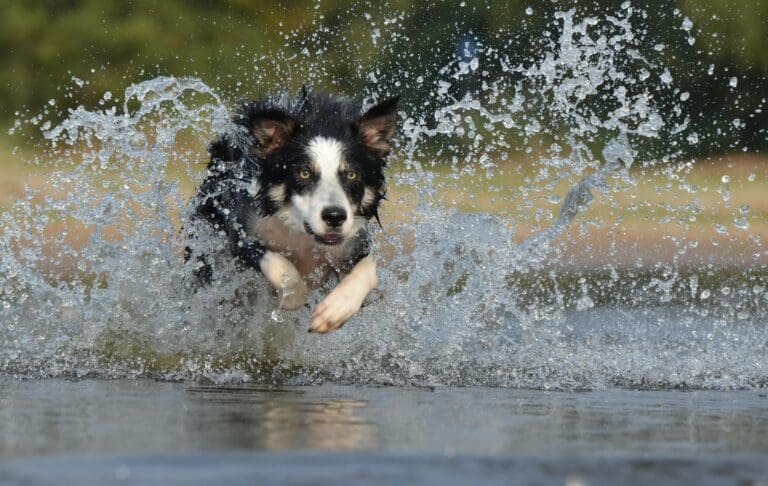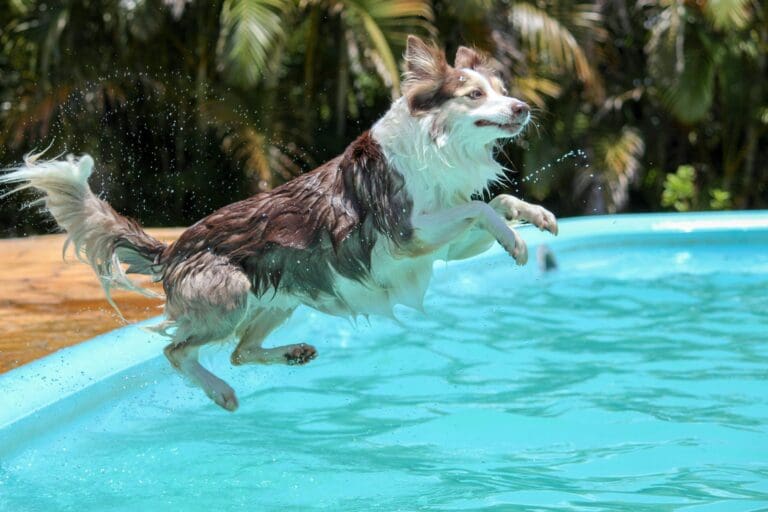Bringing home a new puppy is an exciting and heartwarming experience, but it also comes with the challenge of housetraining. Luckily a bit of patience, consistency, and understanding your pup’s needs are the keys to a successful housetraining journey.
In this article, we’ll show you how to put all the tools together and provide valuable tips to help you housetrain your new furry family member.
Crate Training
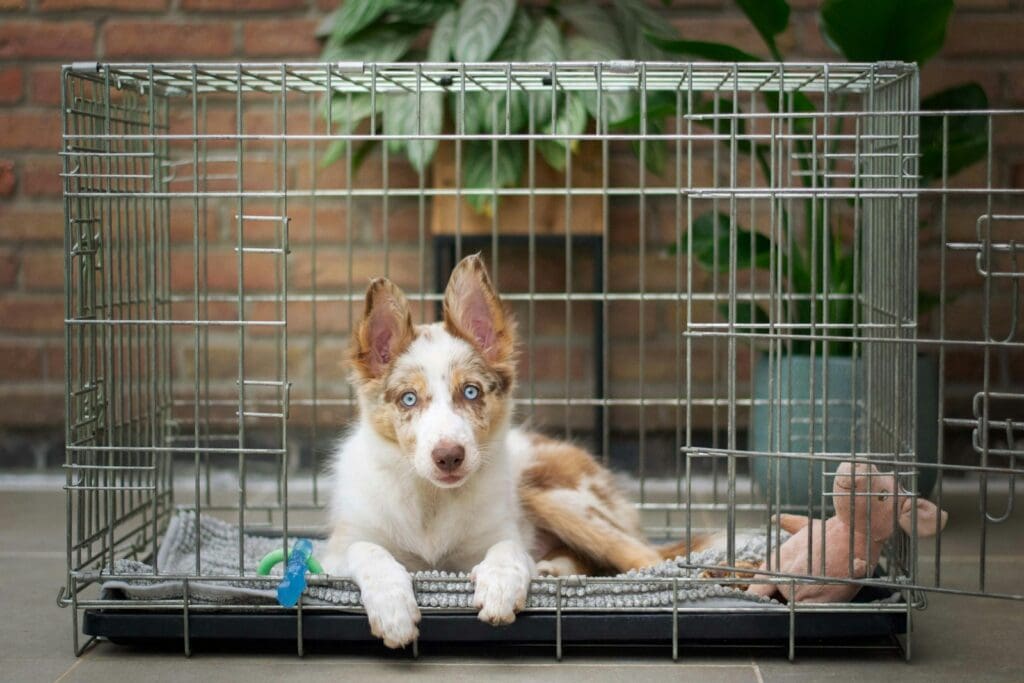
Crate training is a highly effective method for housetraining your puppy. Dogs instinctively avoid soiling their sleeping area, so a properly sized crate provides a secure space that encourages your puppy to “hold it” until you take them outside.
Ensure the crate is just big enough for your pup to stand up, turn around, and lie down comfortably. Gradually increase the crate time, and never use it for punishment.
Paper/Puppy Pad Training
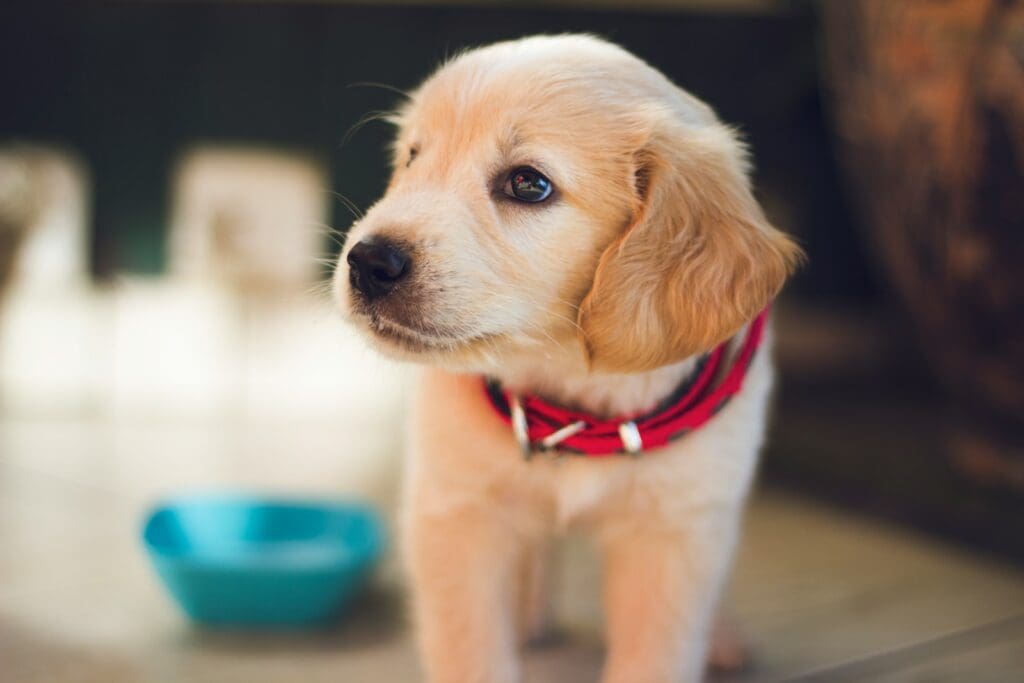
If you live in an apartment or have limited outdoor access, paper or puppy pad training can be beneficial. Place puppy pads in a designated area and encourage your puppy to use them for elimination.
Over time, move the pads closer to the door and eventually outdoors to transition to outdoor housetraining.
Create a Housetraining Schedule

Consistency is key when housetraining your puppy. Establish a routine by taking your pup outside at specific times, such as after waking up, after eating, and before bedtime.
Praise and reward them immediately after they eliminate outdoors. A schedule helps your puppy understand when it’s time to go and reduces accidents indoors.
Control Your Dog’s Diet
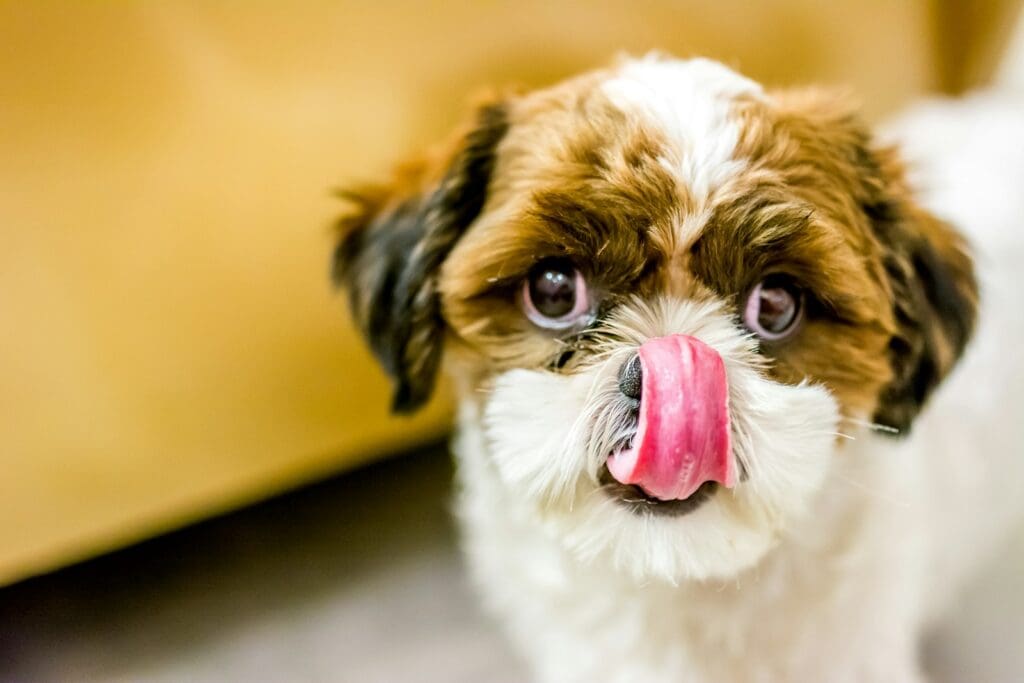
Monitoring your puppy’s diet plays a crucial role in housetraining. Feed them at consistent times and avoid free-feeding, which can lead to unpredictable elimination patterns.
Knowing when your pup is likely to eliminate will allow you to schedule outdoor trips accordingly. Also, be mindful of water intake, especially before bedtime.
Use Praise and Positive Reinforcement
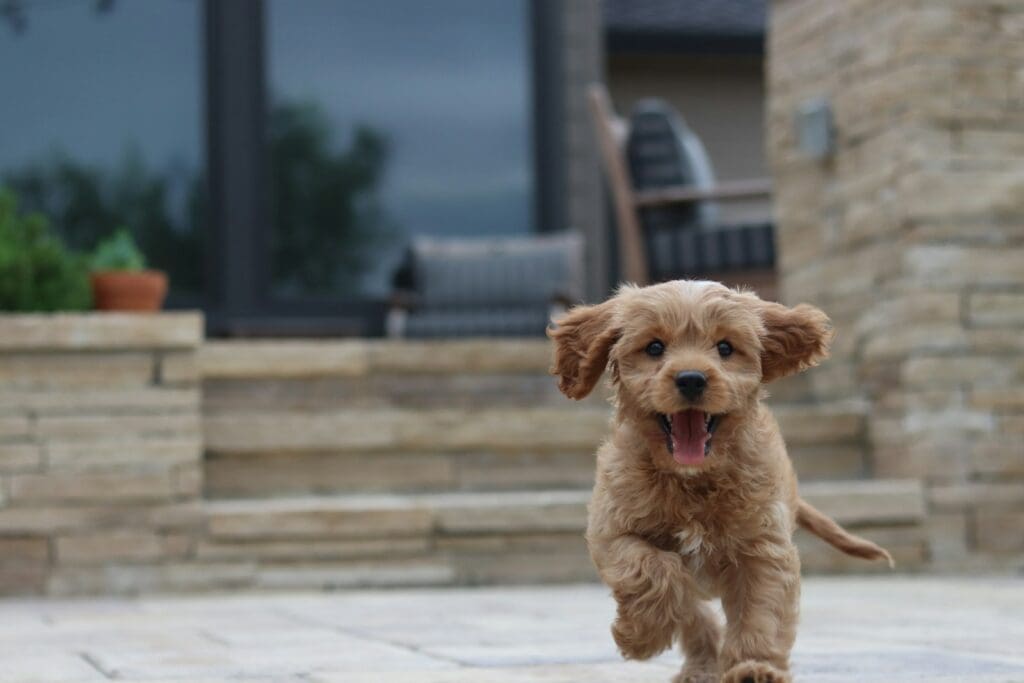
Puppies respond well to positive reinforcement. Whenever your puppy eliminates outdoors, offer enthusiastic praise, treats, and affection. Positive feedback reinforces the desired behavior, making your pup more eager to repeat it.
Avoid scolding or punishment for accidents indoors, as this can create fear and anxiety.
How Long Does It Take to Potty Train a Puppy?
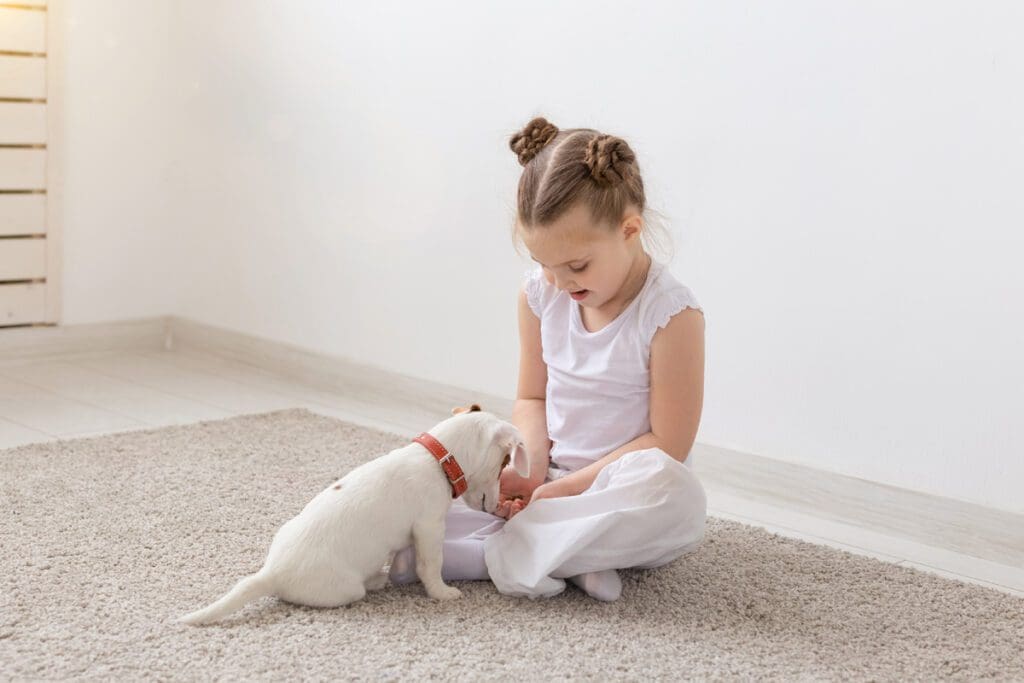
The duration of housetraining can vary depending on factors like your puppy’s age, breed, and individual temperament. On average, puppies can take anywhere from a few weeks to several months to become fully housetrained.
Consistency, patience, and positive reinforcement play vital roles in speeding up the process. Remember that setbacks are normal, so stay committed to the training routine.
What to Do if a Puppy Keeps Urinating in the Same Spot
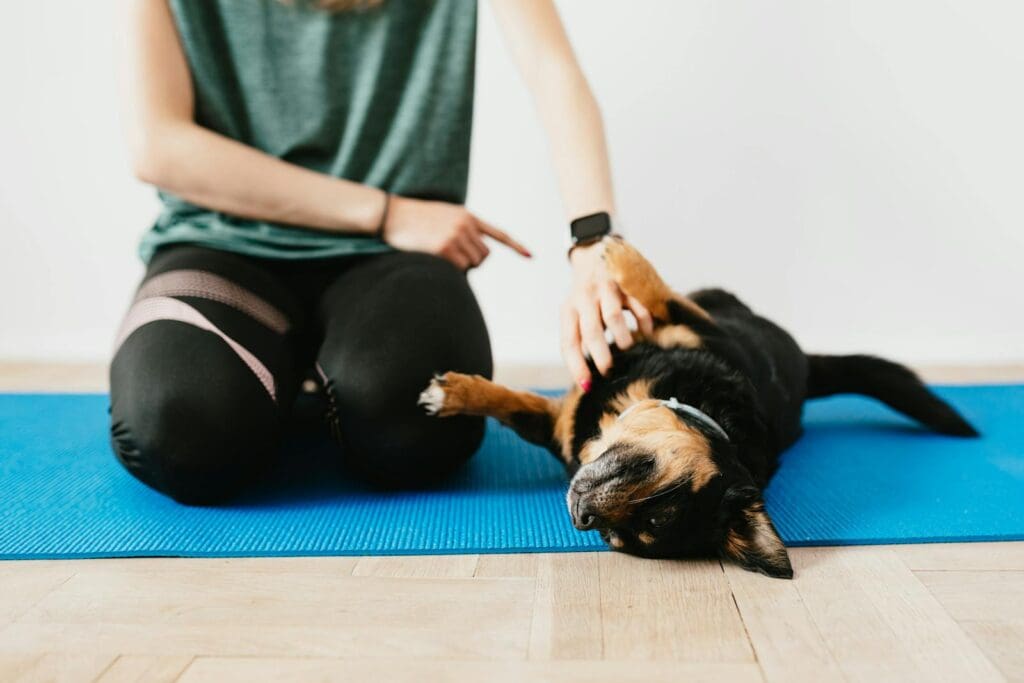
Trainers say this is likely because the mess wasn’t cleaned up efficiently and the dog is still picking up the odor of urine, which tells the dog this is the potty spot. Make sure to purchase a pet stain remover that contains an enzymatic cleaner and follow the instructions on the label.
What to Do if a Puppy Soils its Crate
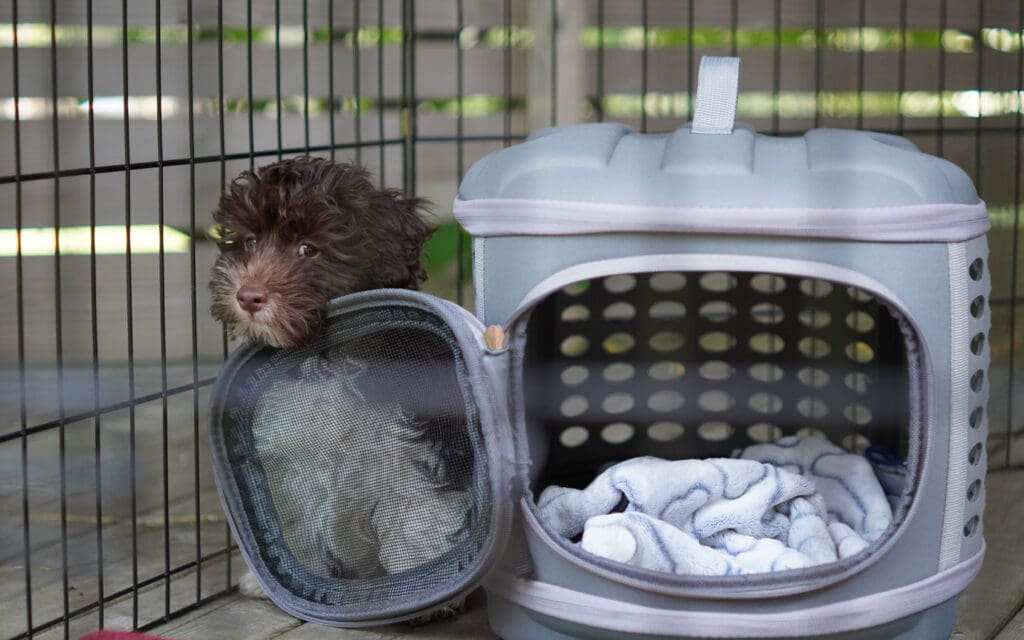
This is a common occurrence for dogs that came from situations, such as shelters or pet stores, where they were confined in the crate for long periods and were left with no choice but to soil inside their crate. Experts recommend taking the following steps.
- Keep the puppy out of the crate, and assess how long the dog can control its bladder and bowels.
- Carefully control the dog’s diet and potty schedule.
- Make sure to give the puppy frequent trips outside, specifically after every meal, the first thing in the morning, and the last thing at night.
- If your work schedule prevents you from taking the dog on potty trips as much as needed, consider a pet sitter or dog walker.
- Any time your pup eliminates indoors, make sure to thoroughly clean everything with an enzymatic cleaner so that there are no odors left behind.
Tips for Little Dogs
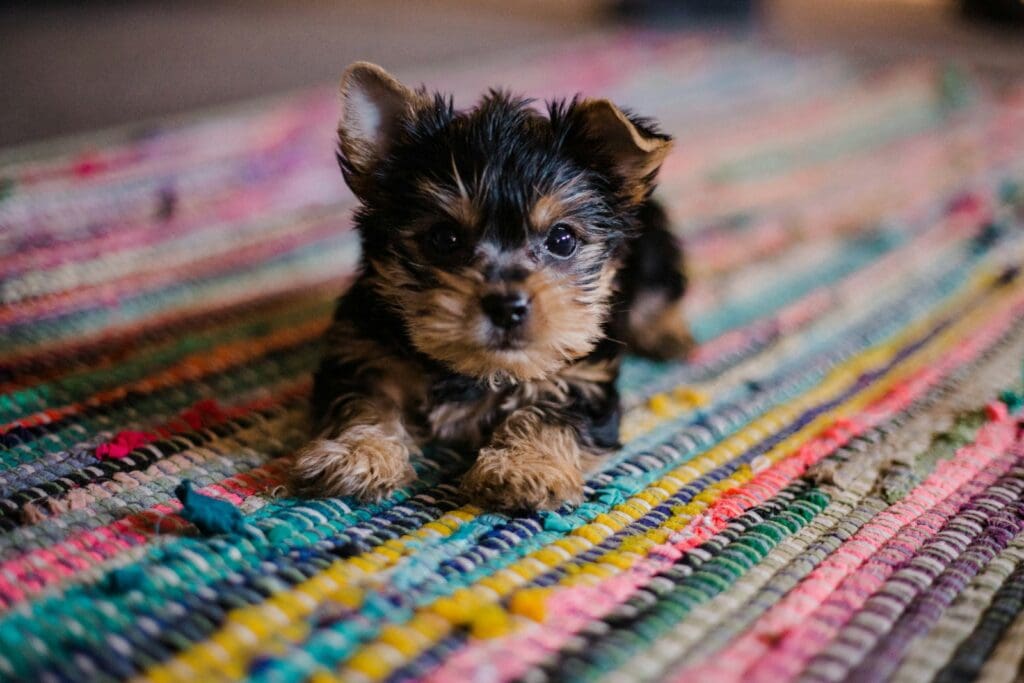
Little dogs and toy dogs have a greater tendency to urinate at various locations throughout the house.
Many trainers recommend teaching little dogs to use a specific indoor potty spot, similar to teaching a cat to use a litter box. Potty pads work well for this. However, there are also dog potty boxes made for indoor use.
According to trainers, consistency is the key. Although it takes more time, attention, and effort, little dogs can be housetrained.
Final Thoughts
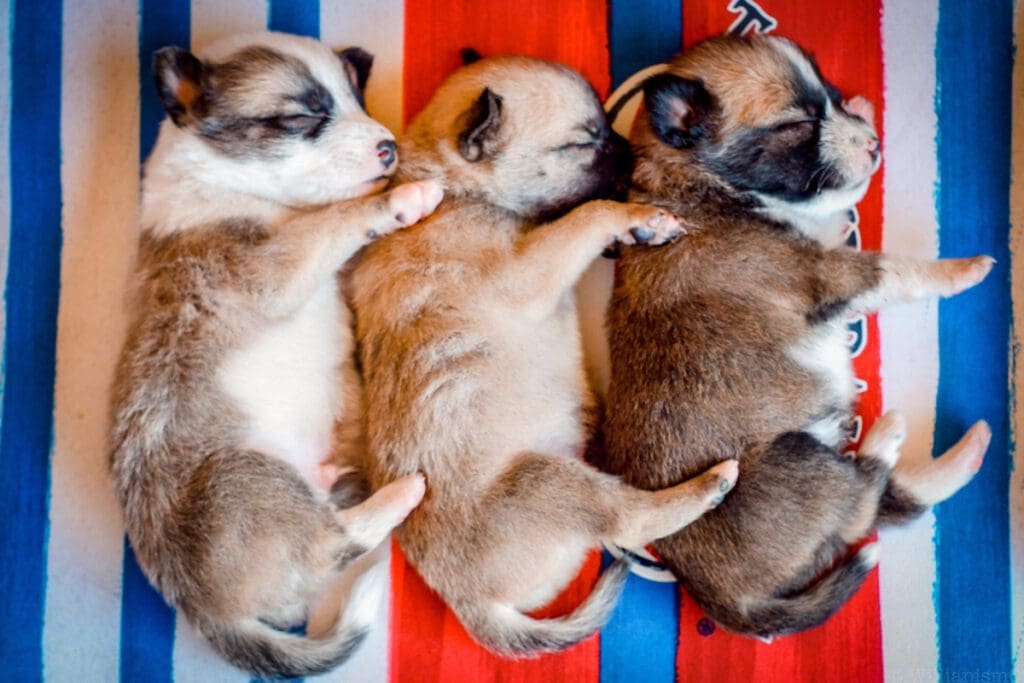
Housetraining a new puppy can be challenging, but with the right approach and dedication, you can help your furry friend become a well-mannered and housetrained companion.
Use crate training, establish a housetraining schedule, control your pup’s diet, and employ positive reinforcement techniques to facilitate the learning process.
By understanding your puppy’s needs and providing a loving and consistent environment, you’ll successfully navigate this important aspect of puppy parenthood.


